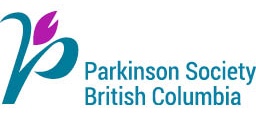Dr. Roger Ashmus, Simon Fraser University
$124,500 over 3 years, co-funded by Parkinson Society British Columbia and Michael Smith
Foundation for Health Research during the 2019 – 2021 research funding cycle. Each organization contributed $62,250 over this period of time
Project description:
Parkinson’s disease (PD) is a neurodegenerative disorder that affects millions of people
worldwide, with no standard treatment currently available. Therefore, there is a major need for
new therapeutic agents to treat or prevent the progression of PD. One promising solution
involves targeting the protein glucocerebrosidase (GCase) encoded by the gene GBA1. Studies
have shown small molecules that increase GCase activity could help prevent the progression
of PD.
Dr. Ashmus will use a combination of organic chemistry, chemical biology, and cell biology to
discover new therapeutic agents that increase GCase activity. Fluorescently-quenched
substrates will be chemically synthesized and used in enzymatic assays to monitor GCase
activity in vitro and in neuroblastoma cells. The assay will then be adapted and optimized for
use in a high-throughput screen of compounds from the Canadian Glycomics Network and
from a natural products collaborator, Roger Linington, at SFU.
The results of this research could produce new lead compounds that increase GCase activity.
In addition, the compound screen could aid in identifying new therapeutic targets for PD, which
would drive preclinical translation research in this area.
Reproduced with permission from Michael Smith Foundation for Health Research.

